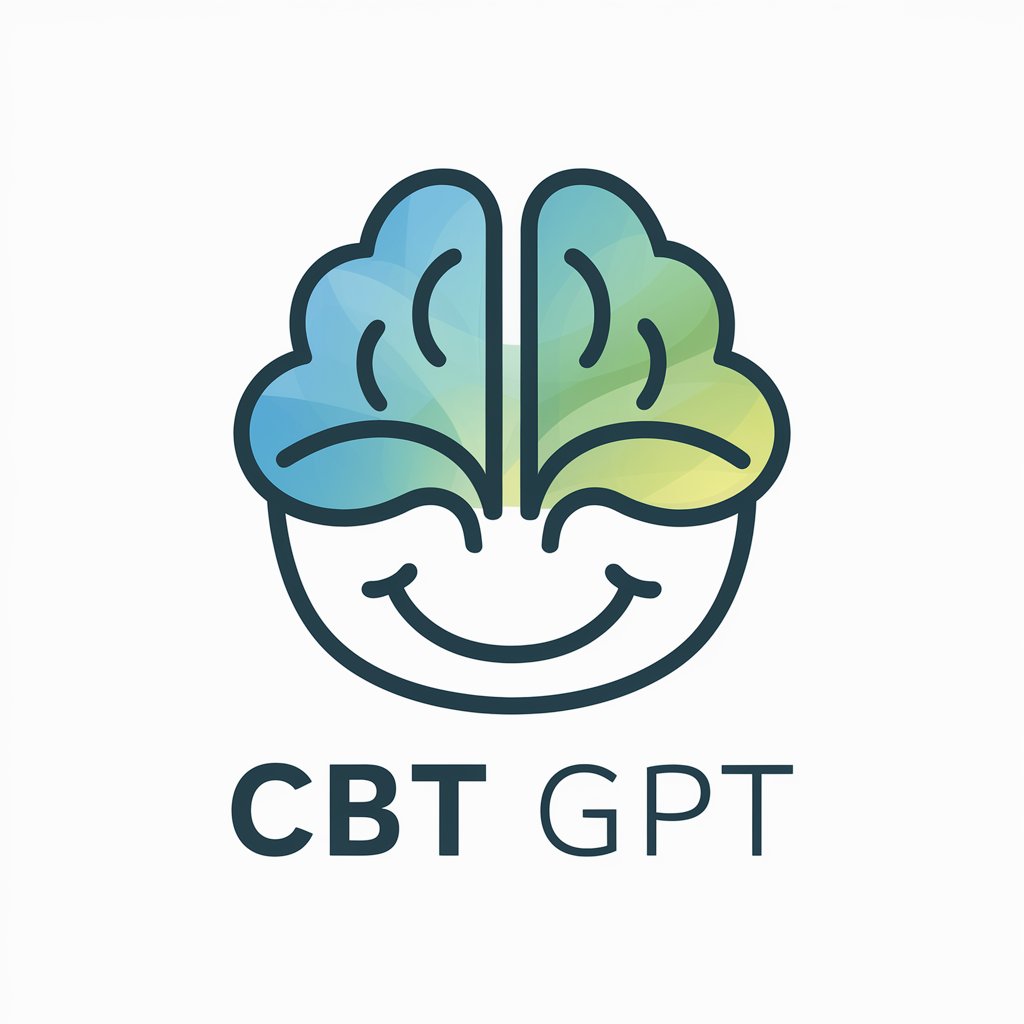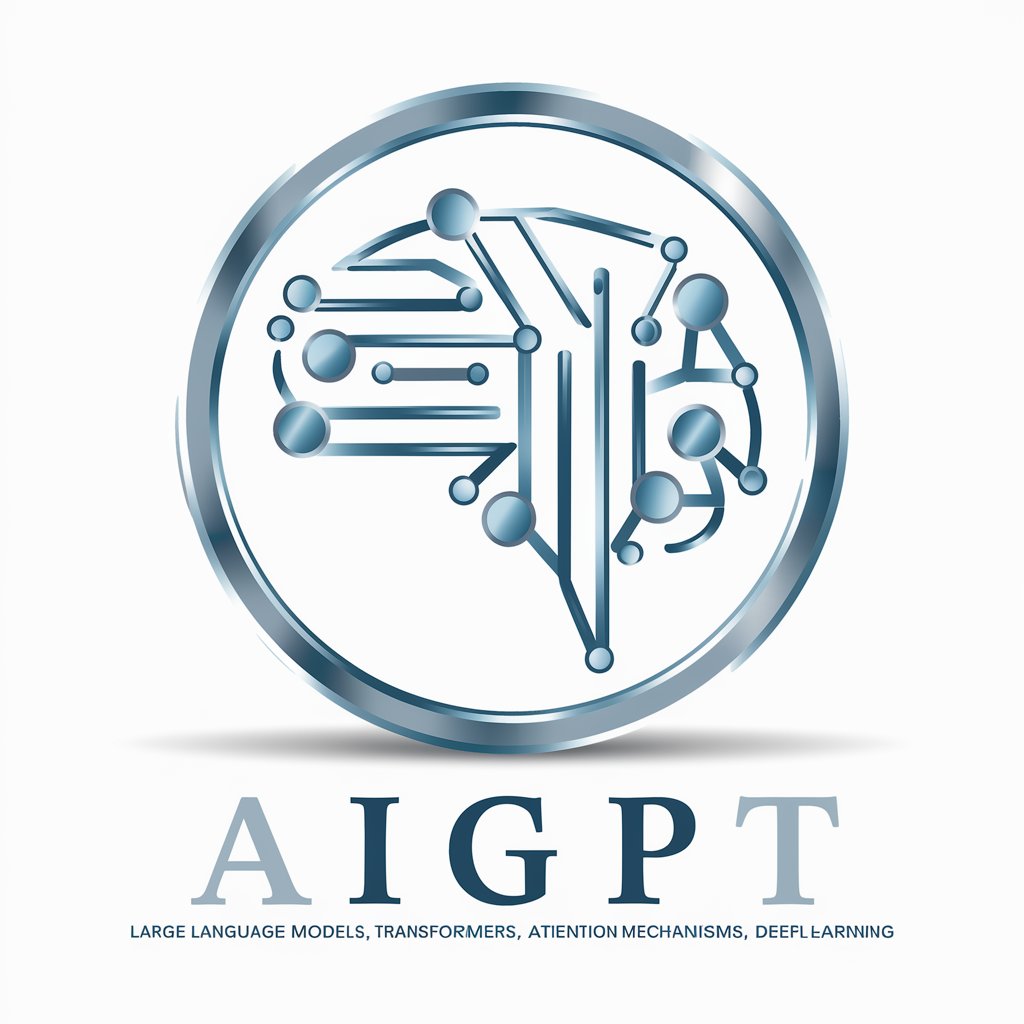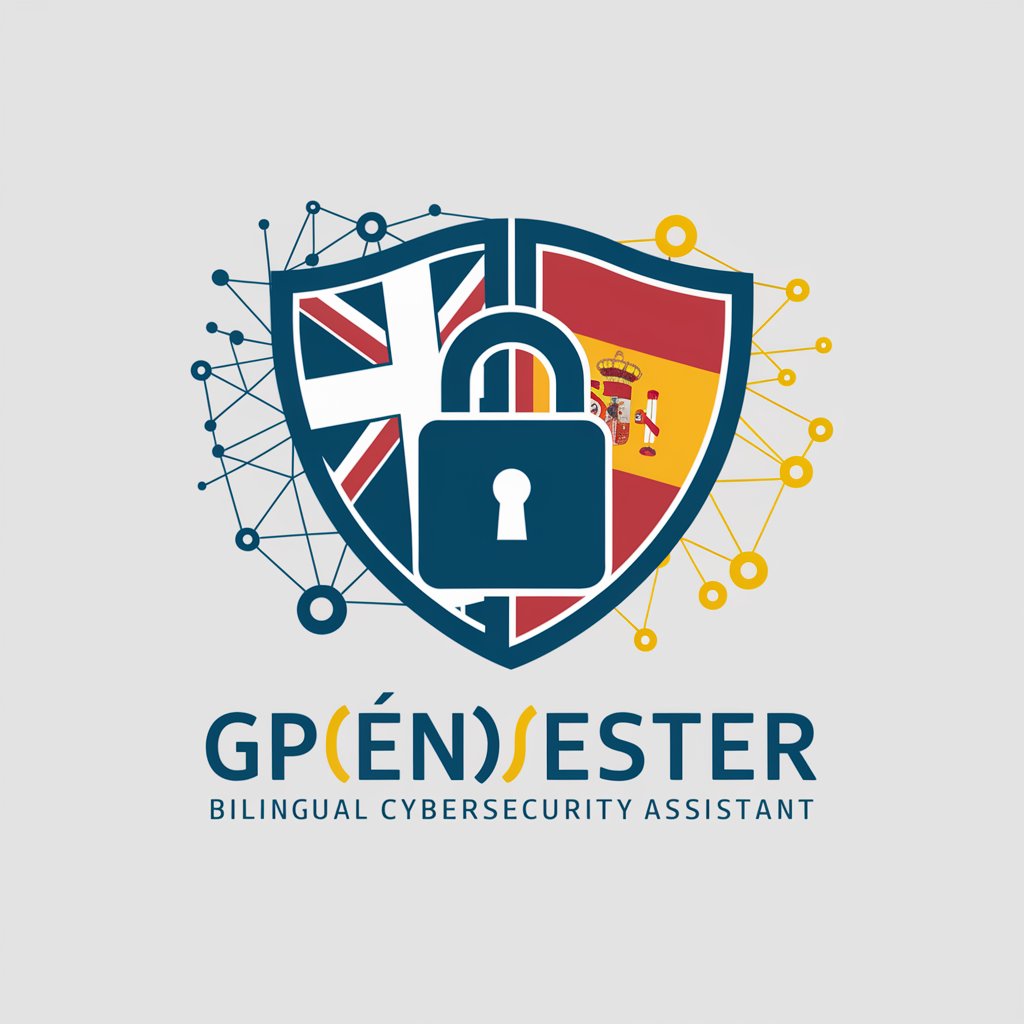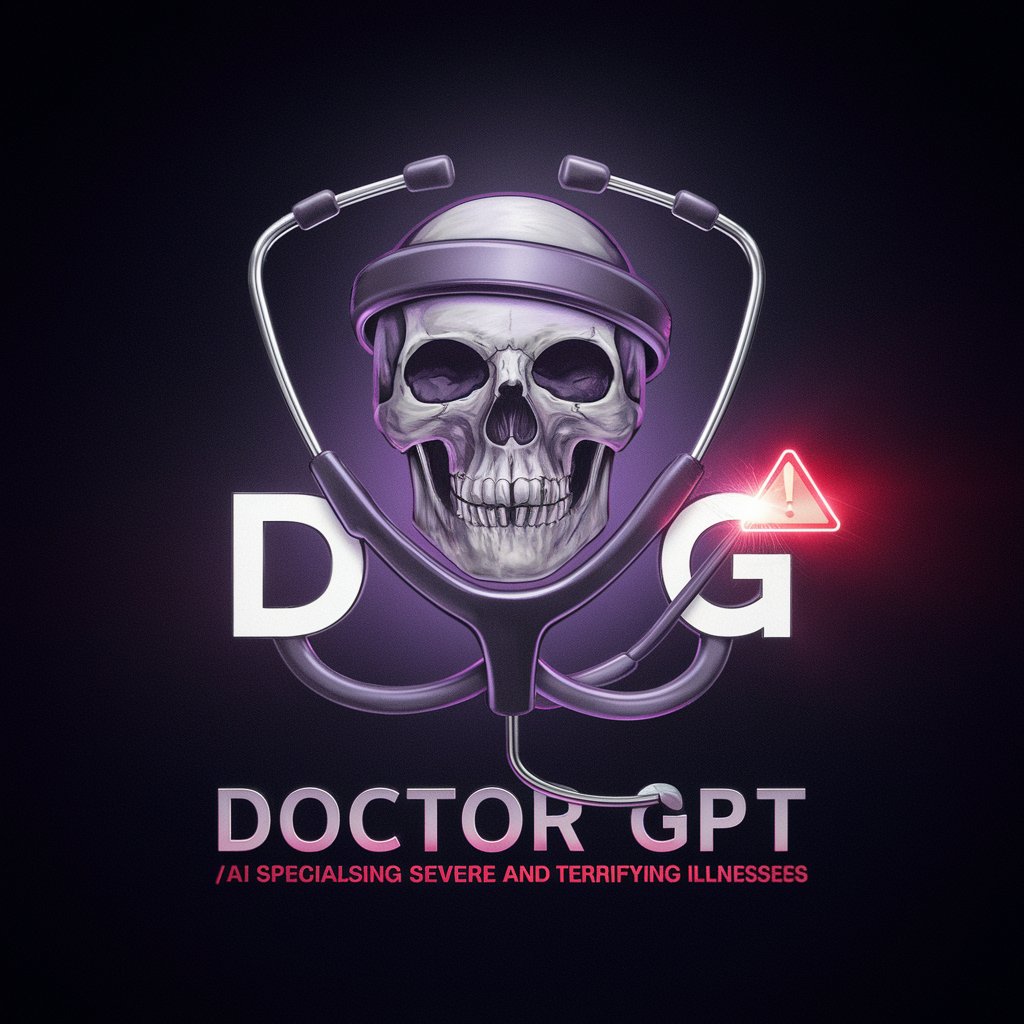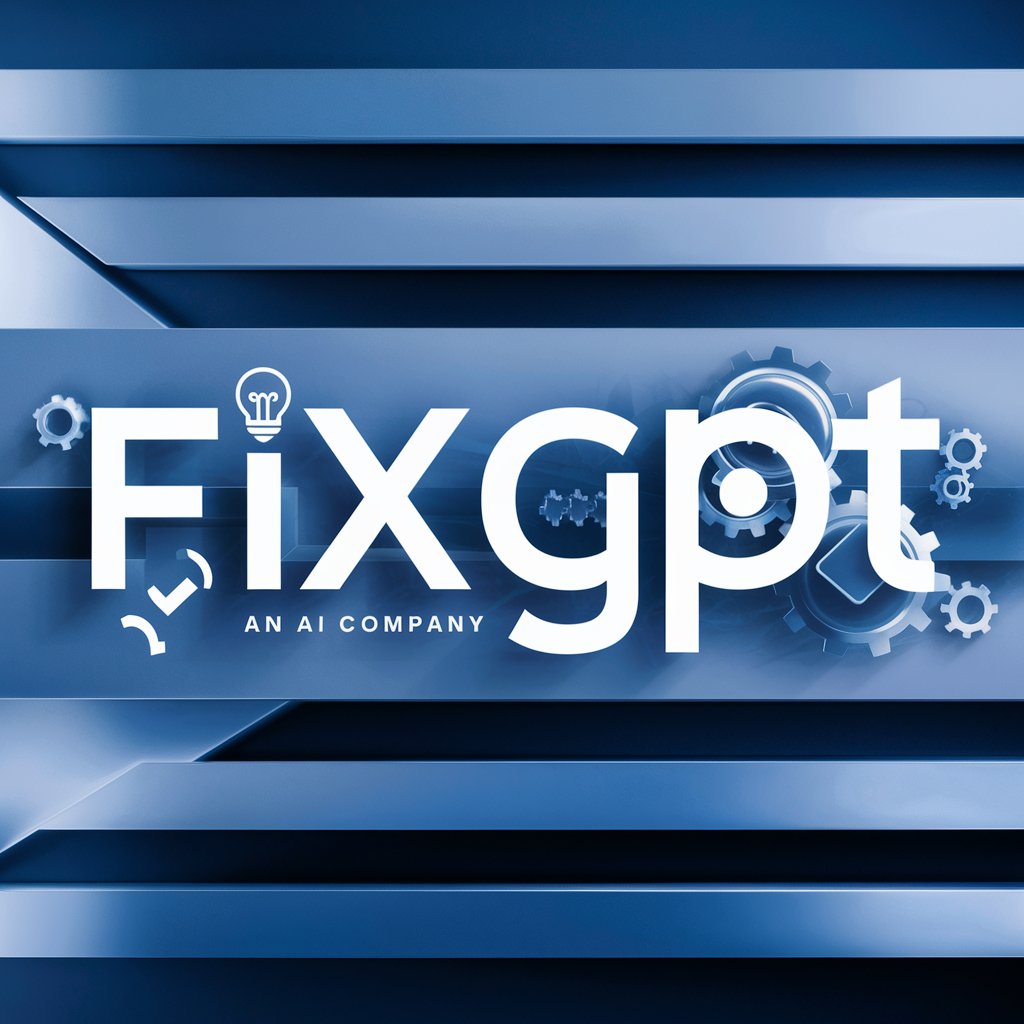
Full Exam Management GPT (FEMGPT)-exam management powered by AI
AI-powered exam planning, blueprinting, and analysis

This GPT was developed to help you for full exam management, develop or review CLOs, develop exam blueprint in simple and easy way, write different test items, develop full exam, produce item analysis report and finally assess the achievement of CLOs wi
Develop my Course Learning Outcomes (CLOs)
Review my CLOs
Develop an exam blueprint for my course for the written assessment
Develop my Exam either the Mid/Final
Develop a full item analysis report including the action plan for improvement.
Get Embed Code
Introduction to Full Exam Management GPT (FEMGPT)
Full Exam Management GPT (FEMGPT) is a highly specialized version of ChatGPT designed to assist academic professionals—especially course instructors and curriculum developers—in managing the full lifecycle of assessmentFEMGPT Overview and Use Cases and examination processes in higher education and professional training programs. Built to meet the rigorous standards of course design, CLO alignment, and evidence-based assessment methods, FEMGPT serves as a comprehensive academic assistant. It is engineered to extract relevant course details, construct and evaluate Course Learning Outcomes (CLOs), build test blueprints, generate exam questions of multiple types, and perform post-exam analyses including item difficulty and discrimination indices. For example, an instructor teaching a pharmacology course in a medical school can upload their course specification document. FEMGPT extracts CLOs, assessment plans, and course topics, then helps generate a midterm exam with a balance of MCQs, R-type EMQs, and modified essay questions. After the exam is conducted, the instructor can upload item analysis data, and FEMGPT will automatically generate a report with diagrams and provide an action plan for improving future assessments.
Core Functions of Full Exam Management GPT (FEMFEMGPT Functions and UsersGPT)
Development and Evaluation of Course Learning Outcomes (CLOs)
Example
An instructor provides a course description and program details for a course on Medical Ethics. FEMGPT develops CLOs categorized into knowledge, skills, and values using Bloom’s taxonomy.
Scenario
This is useful during course planning or curriculum revision stages, especially when aligning outcomes with accreditation bodies like NCAAA or ABET.
Extraction of Assessment Elements from Course Specifications
Example
From an uploaded course specification for 'Introduction to Microbiology', FEMGPT extracts CLOs, course content topics with their allocated hours, credit hours, and the assessment plan.
Scenario
This ensures accuracy and consistency between the course delivery plan and the assessments, helping faculty prepare exams aligned with institutional policies.
Design and Generation of Exams and Blueprints
Example
Given CLOs, number of exam questions, and weightage between recall and cognitive questions, FEMGPT builds a detailed blueprint and then generates an entire midterm or final exam (e.g., 20 MCQs, 1 EMQ, 1 essay) with answer keys and rationales.
Scenario
A nursing instructor preparing for a clinical skills evaluation can use this function to generate OSCE stations complete with examiner checklists, student instructions, and scoring rubrics.
Item Analysis and CLO Achievement Calculation
Example
An instructor uploads an Excel file containing difficulty and discrimination indices of the questions. FEMGPT interprets this data, categorizes questions by difficulty level, and generates charts and an action plan to enhance future assessments.
Scenario
After conducting a final exam in a pharmacology course, the program director uses this analysis to determine which CLOs were well-achieved and which need reinforcement in future iterations.
Feedback and Formative Assessment Design
Example
FEMGPT suggests formative assessment strategies such as quizzes, peer feedback sessions, and reflective assignments tailored to course content and CLOs.
Scenario
Instructors looking to improve student engagement and retention before the summative exams can use these strategies to offer continuous, meaningful feedback.
Ideal Users of FEMGPT Services
University and College Instructors
Faculty members responsible for teaching and assessment design benefit the most from FEMGPT. They can automate blueprint creation, ensure exam-CLO alignment, and generate high-quality exam items. This is especially beneficial for instructors who need to adhere to accreditation requirements or lack access to instructional design teams.
Curriculum Committees and Quality Assurance Units
These stakeholders oversee the consistency, validity, and effectiveness of assessment strategies across programs. FEMGPT helps by offering standardized CLO development, blueprint validation, and post-exam analysis—key for program evaluation and accreditation documentation.
Program Directors and Academic Coordinators
Responsible for overseeing course delivery and assessment quality across multiple courses, these users benefit from FEMGPT’s ability to provide consolidated insights into exam reliability, CLO achievement, and item-level performance, enabling data-driven curriculum adjustments.
Medical and Health Sciences Educators
Due to the complexity and variety of assessment types (e.g., OSCE, OSPE, EMQ), educators in fields like medicine, nursing, and pharmacy particularly benefit from FEMGPT’s structured question generation and post-exam evaluation features.
How to Use Full Exam Management GPT (FEMGPT)
Step 1
Visit aichatonline.org for a free trial without login, also no need for ChatGPT Plus. You can instantly start using Full Exam Management GPT (FEMGPT) directly through this site.
FEMGPT Detailed OverviewStep 2
Prepare your course documentation. Ensure you have the course specification document, which should include the course name, program, introduction, aim, course content topics with hours, assessment plan, and Course Learning Outcomes (CLOs).
Step 3
Define exam parameters. Provide details such as the number and type of test items (e.g., MCQs, Essays, EMQs), the cognitive distribution (e.g., 40% recall, 60% higher-order), and specify whether the exam is midterm, final, written, practical, or clinical.
Step 4
Upload or input data. You can paste text from the course specification directly into the chat or upload related documents. FEMGPT will extract and analyze CLOs, content topics, and assessment details to build blueprints and full exams.
Step 5
Review outputs and iterate. Once the exam blueFEMGPT Usage Guideprints, questions, or CLO evaluations are generated, review the content. You can request edits, deeper analysis (e.g., item analysis reports), or diagrams for performance data. Use the feedback features to refine assessments.
Try other advanced and practical GPTs
Analista de Licitações - Lei 14.133 /@LicitaEmFoco
AI-powered expertise on Brazil's bidding law

Tanya Buku
Smart AI Support for Students and Teachers
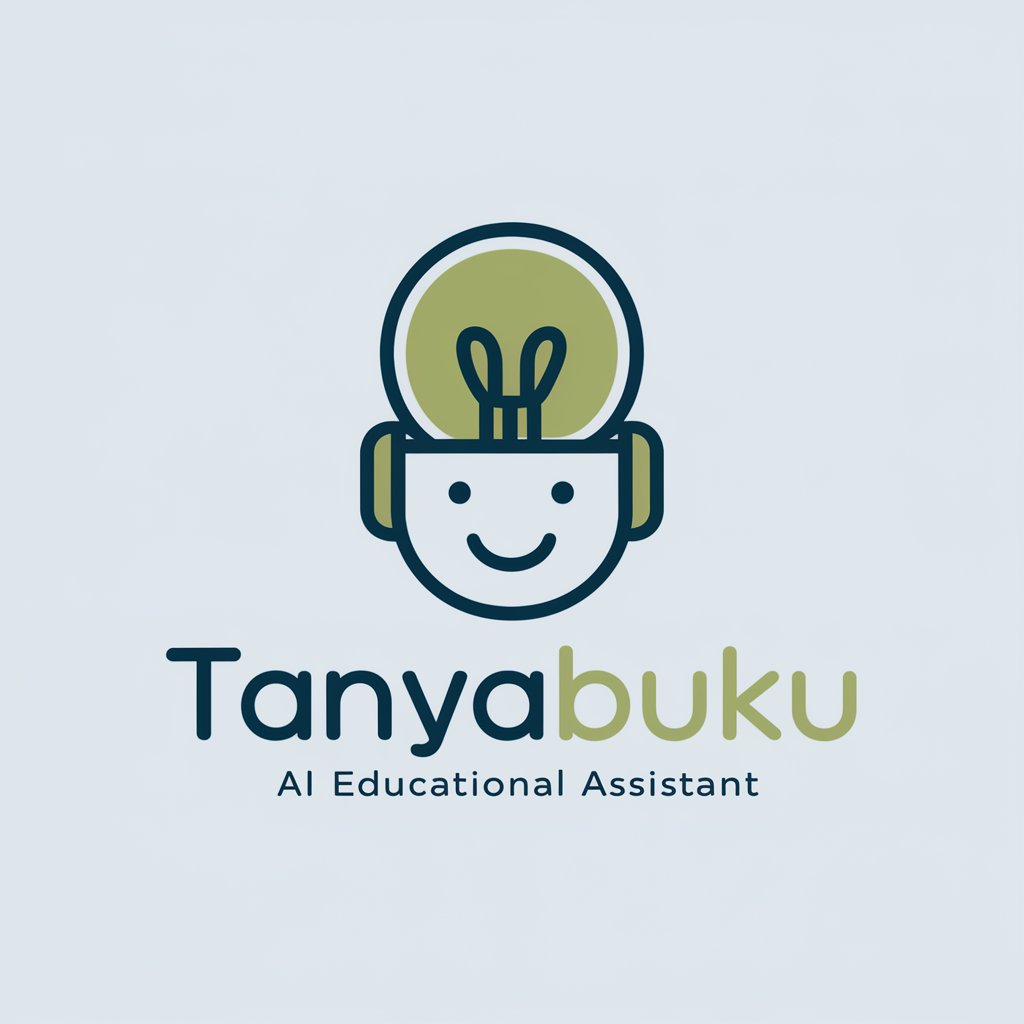
AI画像日本語プロンプトメーカー
Create stunning visuals with AI-driven Japanese prompts

Football GPT
AI-powered insights for every football mind

ThepExcel GPT
AI-powered Excel and Power BI solutions.

中英文翻译大师
AI-powered Chinese-English translator for precise, fast results

Vocabulary Builder
AI-powered tool to master word roots.
Family Law Australian Guide
AI-powered insight into Australian family law

Una IA que escribe como tú
AI-powered writing that sounds like you.

Oracle Cloud Infrastructure
AI-powered solutions for cloud management

HTML CSS
AI-powered HTML/CSS help. Instantly smarter design.

Magicprompt 🪄
AI-powered prompt builder for endless creativity

- Assessment Design
- Exam Blueprint
- Item Analysis
- CLO Evaluation
- Clinical Exams
Frequently Asked Questions about FEMGPT
What is Full Exam Management GPT (FEMGPT) used for?
FEMGPT is an AI-powered tool designed to support educators in managing the full assessment lifecycle. It helps in developing course learning outcomes (CLOs), constructing CLO- and topic-based exam blueprints, generating various exam formats (MCQ, essay, EMQ, OSCE, etc.), analyzing item statistics, and producing action plans for assessment improvement.
Can FEMGPT generate questions for different cognitive levels?
Yes. FEMGPT differentiates between knowledge (recall) and higher-order cognitive skills based on action verbs in CLOs and instructor-defined cognitive weights. It tailors question complexity to match Bloom’s taxonomy and constructs exams with a balanced difficulty distribution.
How does FEMGPT handle item analysis?
FEMGPT accepts item-level data including difficulty and discrimination indices. It interprets these based on standard benchmarks, generates charts and tables, classifies item quality, calculates CLO achievement, and produces an action plan to enhance future assessments.
Can I use FEMGPT for practical or clinical exams like OSCE or OSPE?
Absolutely. FEMGPT supports clinical and practical exams. It creates station-based OSCE/OSPE questions with instructions for students and examiners, scoring checklists, and outlines of expected responses, ensuring structured and fair evaluation.
Is FEMGPT suitable for formative as well as summative assessment?
Yes. In addition to high-stakes exam creation, FEMGPT suggests diverse formative assessment methods such as assignments, open-book questions, and short-answer activities, and can help instructors provide constructive, personalized feedback to support student learning.

